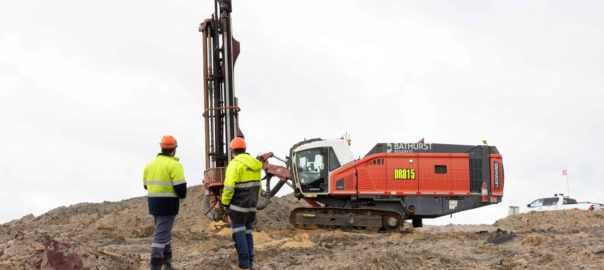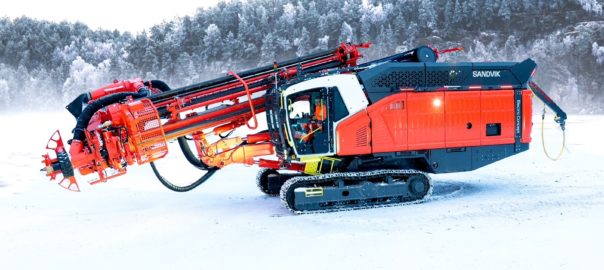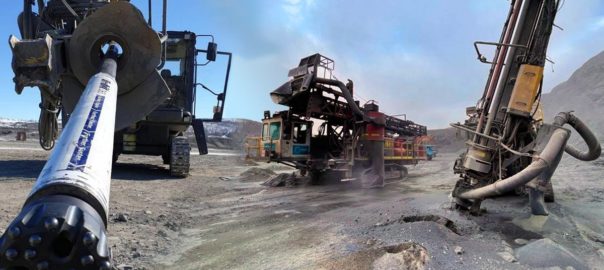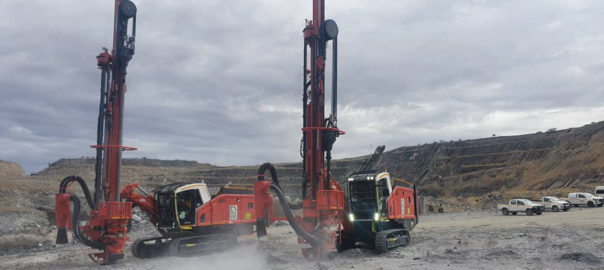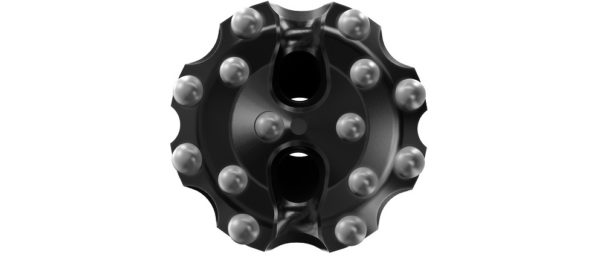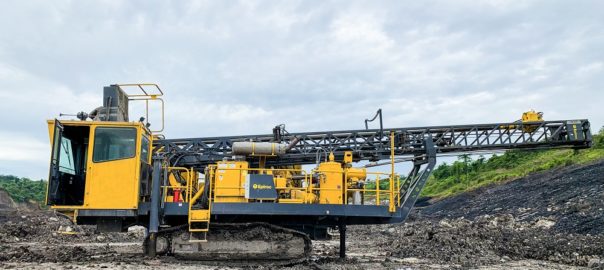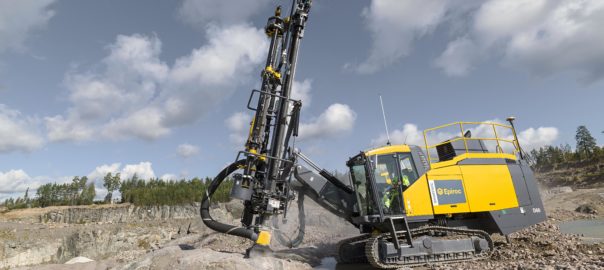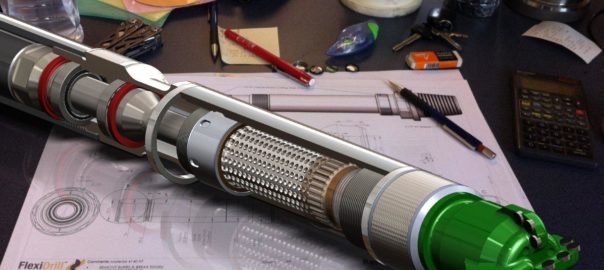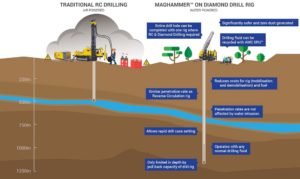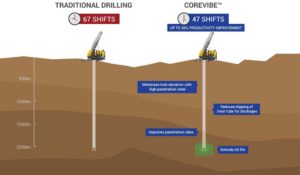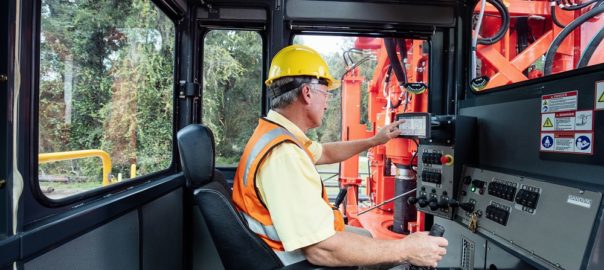Two new Sandvik Leopard DI650i drills are reducing the carbon footprint, and improving the health and safety of operators, at the Stockton mine in New Zealand, mine operator Bathurst Resources says.
The operation’s previous drills used 90 litres of diesel per hour, but the Sandvik drills have cut that down to just 65 litres per hour, resulting in a reduction of over 67 kg of CO2 emissions every hour of operation.
After a year of operation, Bathurst has seen the positive air pressure in the cabs of these new drills effectively reduce airborne dust, leading to a healthier work environment for operators, the company added.
Stockton is the largest open-cast mine in New Zealand, delivering high-quality steelmaking coal for export. The operation is expected to produced 940,000 t in Bathurst’s 2025 financial year.
Sandvik introduced the Leopard DI650i, designed for larger hole sizes, in 2018, saying the DTH rig offered excellent fuel efficiency, improved safety and higher productivity in challenging rock conditions compared with competitor and predecessor products.
In addition to a powerful engine and compressor, the Leopard DI650i incorporates a highly ergonomic iCAB cabin, excellent serviceability, mobility and fuel economy, along with scalable automation packages to offer excellent overall productivity, according to the OEM. Pipe sizes range from 89 to 140 mm, depending on the size of the hammer. The maximum hole depth is 53.6 m when utilising the carousel option with pipe sizes from 89 to 114 mm. The capacity range of 403 kW Tier 3 CAT C15 diesel engine and reliable compressor is adequate for high-pressure drilling with 4-6.5 in DTH hammer sizes.







